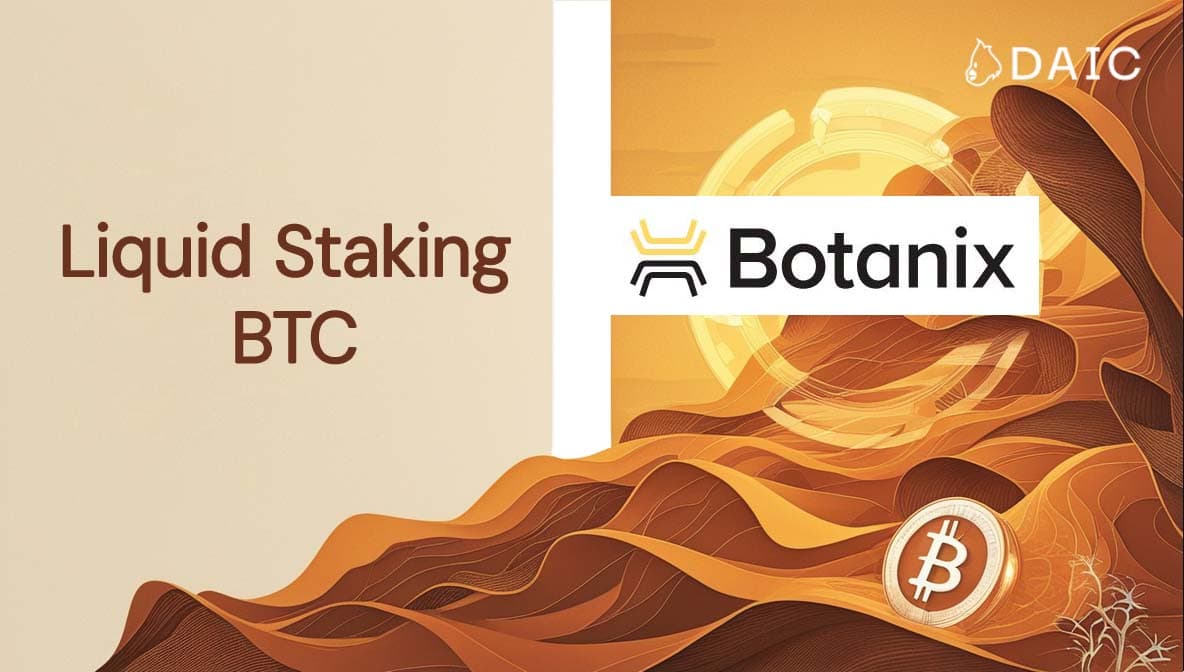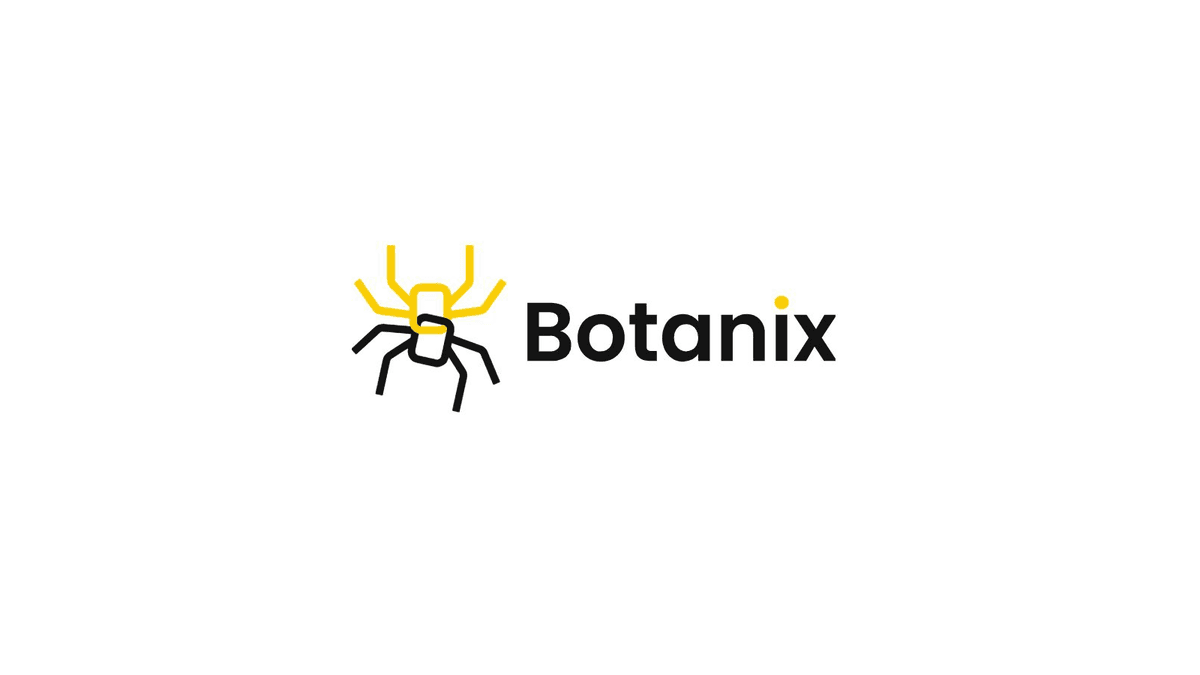Key Takeaways
- Cross-Chain Integration: Botanix enables seamless interoperability between Bitcoin and Ethereum ecosystems through Spiderchain.
- EVM compatibility: Developers can easily port Ethereum dApps to the Bitcoin blockchain through Botanix.
- Decentralized governance: Botanix token holders and network validators help govern the platform via a decentralized governance framework.
- DeFi and dApp growth: Botanix supports various DeFi applications and decentralized projects, helping position the network for continued recurring growth.
- Staking and yield: Through incentivized staking participation, users earn rewards and increase protocol security, strengthening the Botanix ecosystem long-term.
Botanix Labs and Stablecoin Decentralization
Two of the main enterprises partnered with Botanix Labs include Yala Labs and Palladium Labs, both developers of decentralized stablecoins meant to serve the greater Spiderchain ecosystem.
Botanix Labs and many leading experts in the industry believe that decentralization is the key principle that strengthens crypto and open public blockchains. A perfect example of this is the current state of centralized stablecoins. Sadly, in many respects, most widely used stablecoins in the crypto industry are overly reliant on the traditional banking system.
This has created an inequitable centralized point of control that goes against the true ethos of the crypto and blockchain movement as a monetary system that is free, easily accessible, trustless, censorship-resistant, and open to all.
Therefore, for the blockchain movement to be truly owned by its users instead of large centralized entities, the creation of numerous decentralized stablecoins is critical for the long-term health of the industry. This is especially true for any newly bootstrapped blockchain ecosystem, especially one focused on decentralized finance (DeFi) like Spiderchain.
While Palladium is focused solely on the development of its own decentralized stablecoin, Yala is building a wide range of DeFi services within its respective Spiderchain-connected chain. Both startups represent some of the first of many that will continue to expand Botanix as it grows moving forward.
If you’d like to dive deeper into an overview of the Spiderchain protocol and understand the history and evolution of the project and what makes it special, consider reading our initial blog post in this three-part series.
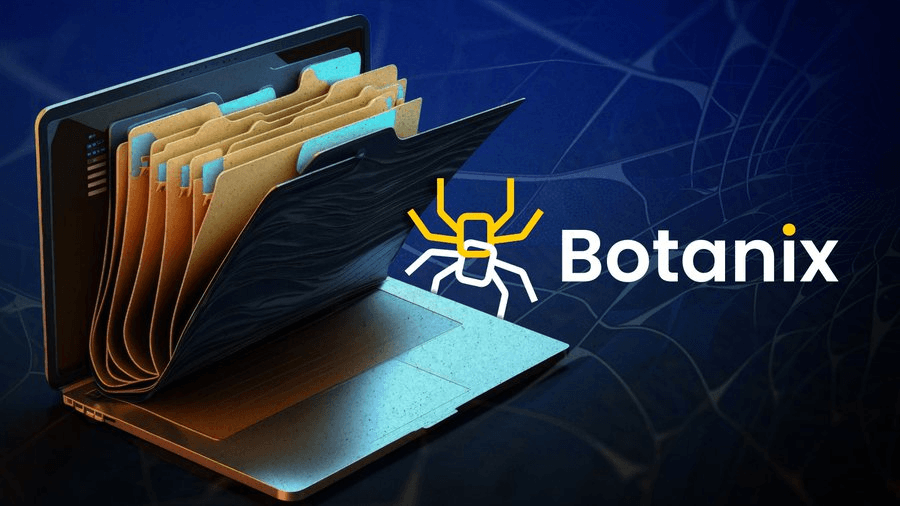
The Centralized Backing of USDT and USDC
For any stablecoin to be considered legitimate it must hold a reserve value equivalent to its total number of stablecoins in circulation.
This backing is critical for many reasons because it shows that the entity behind the platform is able to compensate users holding their assets in the event of a collapse. It also allows users to redeem their stablecoins for cash 1:1 at any time.
If we analyze the backing of the two largest stablecoins, USDT (issued by parent entity Tether Limited) and USDC (issued by parent entity Circle), it's clear that most of their backing is held in US treasuries and other bank-controlled assets equivalent to cash.
Circle’s USDC backing is custodied at the Bank of New York Mellon and is managed exclusively by BlackRock, the world’s largest asset manager, while the treasuries backing these assets are held by many of the largest banks in America.
With USDT and USDC as major payment rails for the larger blockchain industry, their use, especially within DeFi protocols, arguably eliminates all-important user privacy and user asset-control in the event of seizure (despite no KYC being required, distributed ledgers host an unalterable transaction record).
As of May 1st, 2024, the market cap of Tether’s USDT sits at an astonishing 113 billion, representing the 3rd largest cryptocurrency (only Bitcoin and Ethereum are larger) in existence by total market cap.
In addition, the market cap of Circle’s USDC on May 1st sits at 33.5 billion, representing the 7th largest cryptocurrency in existence. Because of the exorbitant size of their market caps and some of the reasons discussed above, many feel that USDT and USDC are extremely centralized.
Let’s get back into Palladium and Yala and touch on how they are fighting back against stablecoin centralization with the help of Bitcoin and Spiderchain.
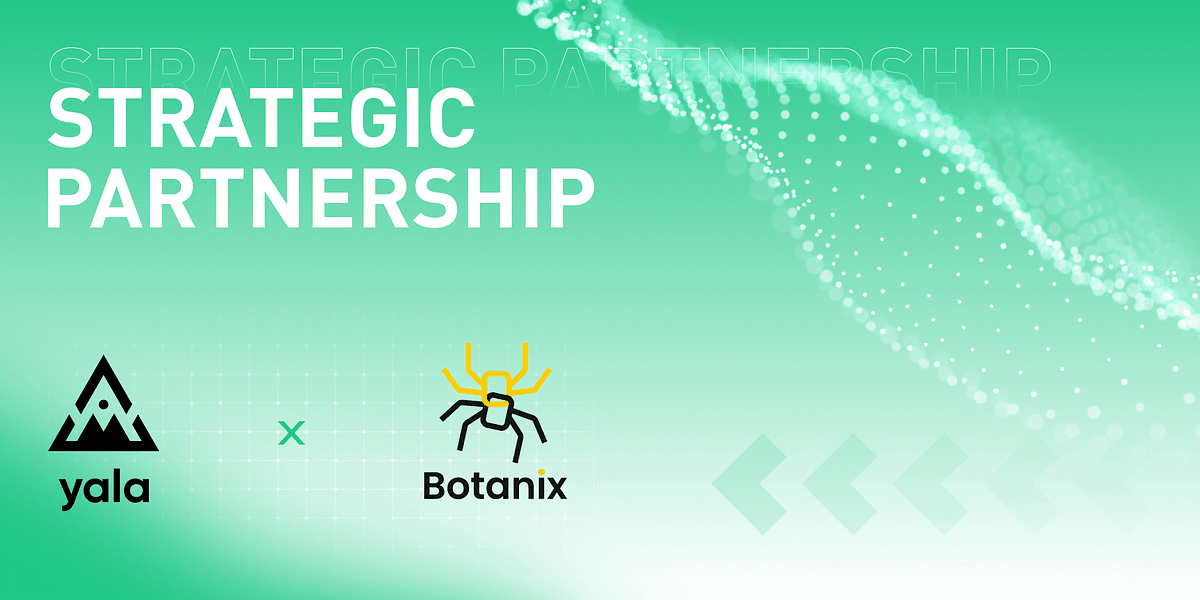
Palladium and Yala Explained
Palladium Labs is the developer of the Palladium USD stablecoin (PUSD), a censorship-resistant cryptocurrency backed by the robust security guarantees of Bitcoin. Palladium’s design is unique for several reasons, most notably:
- Secured by Bitcoin - The integrity of PUSD is strengthened by its connectivity to Bitcoin and Spiderchain.
- Governance free PUSD utilizes an algorithmic monetary design that makes Palladium fully autonomous; meaning no governance, DAO, or admin keys can be used to censor, manipulate, or control the protocol.
- Over-collateralized with Bitcoin - PUSD is over-collateralized to bitcoin (BTC) at all times and is only mintable through BTC, therefore guaranteeing a hard floor price of $1.
Although it has many potential applications, Palladium’s PUSD stablecoin can be used for margin trading, crowdfunding, yield farming, restaking, lending and borrowing, and more.
Yala Finance is a DeFi-focused project built as an independent modular blockchain on Bitcoin. Yala’s main goal is to build a DeFi layer that is designed to unlock the programmability of BTC assets.
In order to accomplish this, Yala aims to overcome the complexities associated with sending and receiving Bitcoin native asset transactions (BTC and UTXO-enabled assets). Primarily this includes limited scripting language capability and poor scalability.
Overall, Yala leverages the utility of an overcollateralized stablecoin protocol, an insurance derivatives platform, and atomic swap functionality to bridge the gap between BTC and other blockchain ecosystems.
Underpinning these offerings is a liquidation algorithm, an automatic stabilizer, protocol vaults, and an insurance module. These solutions represent a system built to unlock the programmable use of a Bitcoin-agnostic DeFi suite for users of all types.
To learn more about the architecture that supports Yala, Palladium, and many of the additional DeFi protocols built on Spiderchain, consider checking out our technical architecture overview in the second blog post in this series.

Additional Botanix Ecosystem Projects
In addition to Yala and Palladium, Botanix Labs is investing in the development of its larger Bitcoin-focused DeFi ecosystem. As of this writing, other dApps and protocols building on Spiderchain include:
- Ankr Network: Ankr Network is a Decentralized Physical Infrastructure Network (DePIN) and blockchain infrastructure provider that operates a large number of nodes across 50 different PoS networks. In addition, Ankr provides a wide range of blockchain solutions including traditional APIs, a decentralized multi-chain network of public RPC nodes, and its Ankr Earn staking and liquid staking offerings.
- Bitzy - Bitzy is an AMM DEX and OTC trading desk built to operate on Spiderchain. The platform offers two distinct versions of its AMM (v2 and v3), allowing users to trade BTC and other Bitcoin-focused assets with a few simple clicks.
- BitStable: BitStable Finance is a yield farming platform built on the BounceBit DeFi protocol. BitStable’s newly formed partnership with Botanix Labs enables the creation, trade, and management of synthetic real-world assets.
- Gas.zip: Gas.zip is a LayerZero-enabled gas refueling station that allows users to bridge to more than 160+ chains with a single inbound fueling transaction. Typically, Gas.zip splits inbound ETH transactions into several separate portions that are then sent to several chains (chosen by the user) simultaneously.
- XLink: XLink is a Bitcoin-focused bridge that supports Spiderchain, Stacks, and other Bitcoin-enabled L2s. Its main focus is to develop an interoperable bridging connectivity layer between Bitcoin and Ethereum.
- MultiBit: MultiBit is a dual-sided bridge designed to bring Bitcoin BRC-20 assets to Spiderchain, Ethereum, Polygon, Solana, and numerous additional chains. In addition to its bridge, MultiBit presents a full DeFi suite that offers yield farming, staking, swapping, and other utilities.
- Xverse: Xverse is a Bitcoin DeFi wallet that supports BRC-20, Ordinals, and many other Bitcoin-focused asset types. Because of this fact, it's a perfect non-custodial wallet offering connectivity to various chains, protocols, and more within the Bitcoin ecosystem.
- Inscribe: Inscribe is a cross-chain marketplace for inscriptions and a connectivity layer that allows for the seamless exchange of BRC-20 assets across a host of blockchains including Bitcoin, Ethereum, Avalanche, Base, Arbitrum, and others. The Spiderchain platform is now the official Bitcoin-based network for Inscribe.
Bitcoin Layer 2 Comparative Analysis
Although Spiderchain does represent a strong contender in the EVM Bitcoin L2 scaling niche, there are several competitors in the global blockchain arena focused on gaining market share in this specific area.
Bitcoin is largely considered an underserved resource in terms of what can be developed on the platform and has been primarily a Bitcoin-only chain since inception. However, this is changing quickly. Regardless, it seems unlikely that Bitcoin will exhibit Ethereum's adoption and development activity metrics in the near-term because the network lacks smart contract functionality.
Nonetheless, Botanix Labs and others are focused on changing this by bridging the gap between Bitcoin and Ethereum through the introduction of various Ethereum compatible Layer 2 networks that furnish Ethereum’s Solidity-focused smart contract development functionality.
Case and point, in a recent interview, Botanix Labs founder Willem Schroé noted that: “In a multichain world, it has become abundantly clear that EVM is the winning virtual machine — not just for use on Ethereum, but on any chain. EVM’s tooling, support, and vibrant developer community make it the natural aggregator for programmability.”
Now that the development of the Bitcoin Layer 2 ecosystem has continued to accelerate in recent months, it's important to focus on developing Bitcoin scaling solutions that balance the creation of newfound utilities for Bitcoin, while preserving the main ethos of Bitcoin as a decentralized accessibility point for the world’s greatest store of value.
In the section below we’ll analyze how Spiderchain compares to several distinct Bitcoin L2’s including Lightning Network, Stacks, and Rootstock.

Lightning Network
The Lightning Network (LN) is perhaps the longest-standing Layer 2 platform built on Bitcoin. Initially designed in 2015 and launched on mainnet in 2018, the Lightning Network is meant as a Bitcoin scaling layer for payments and micropayments and is designed to provide a solution to Bitcoin’s scalability challenges by dramatically improving Bitcoin’s transaction throughput.
Lighting Network achieves this goal by creating a network of payment channels between users. Ingeniously, this structure allows users to conduct an unlimited number of transactions without requiring a single transaction to be recorded on the blockchain.
Instead, only the opening and closing balances of payment channels are recorded to the Bitcoin network, resulting in dramatically increased scalability and transaction efficiency. This structure allows Lightning to be used at point-of-sale terminals, for device-to-device transactions, and for nearly any instant payment utility imaginable.
In essence, Lighting micropayments allow for the potential for new marketplaces and business types the world over. Because Bitcoin has a fixed transaction fee that is typically quite high, Lightning allows users to send BTC payments that are extremely small (as low as 0.00000001 bitcoin) compared to the mainchain.
Eventually the Bitcoin network will need to support an exponentially higher transaction volume to meet automated payment demand. The ability for Lightning Network to send a large number of extremely cheap transactions will help fill this gap.
The ever-growing increase in the number of internet-connected devices (for the Internet of Things (IoT) and other ideations) must be supported by a network for machine-to-machine payments and automated micropayment services. Lighting helps solve this issue.
Botanix’s Spiderchain and Lighting Network have many similarities, mainly that both offer extremely cheap payment mechanisms and that both are Bitcoin-focused L2s. That said, the Botanix ecosystem seems to be more focused on DeFi as Lightning presents itself mainly as a network for various payment utilities. Moreover, unlike Spiderchain, Lightning Network does not exhibit EVM compatibility at this time, leaving much to be desired.
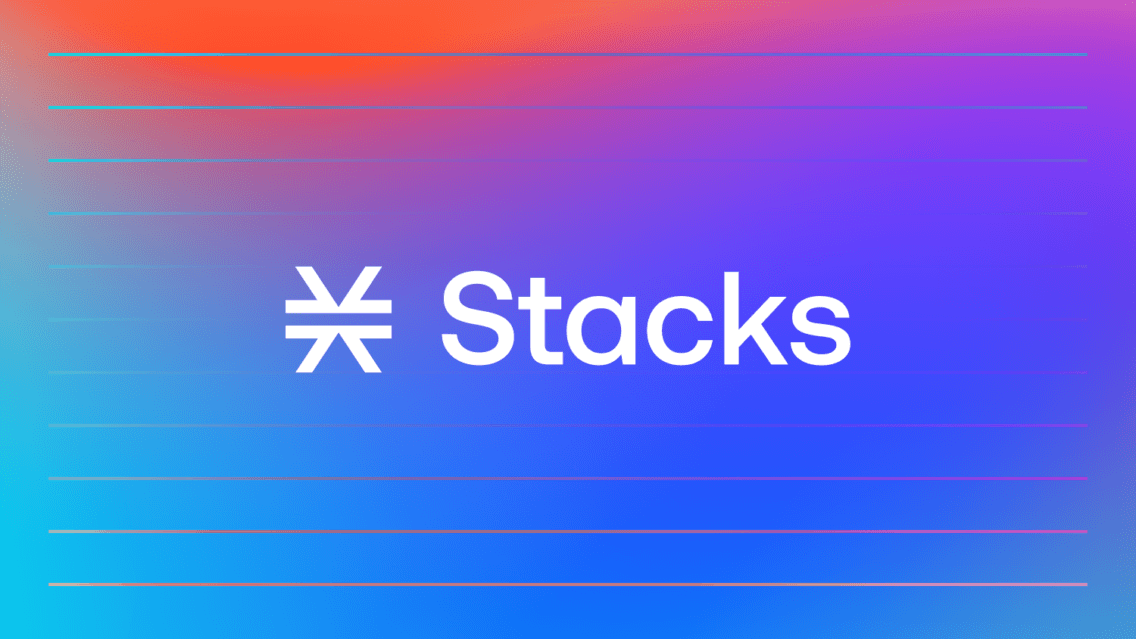
Stacks
Formerly known as Blockstack, Stacks is a Layer 2 platform built on top of the Bitcoin blockchain akin to the Lightning Network and other Bitcoin L2s. Stacks was one of the first protocols that focused on creating products and services geared towards extending Bitcoin’s functionality via the development of Bitcoin-compatible DeFi iterations, non-fungible tokens (NFTs), dApps, and the like.
To help realize these goals, Stacks makes use of the Hiro cloud development environment to expand its programmable smart contract functionality. Hiro allows developers to build a wide range of applications on Stacks via the Stacks API, the Ordinals API, and the Stacks.js, all of which allow for interaction between different portions of the Bitcoin and Stacks ecosystems.
Proof of Transfer (PoX) is the consensus mechanism conceptualized by Stacks. Proof of Transfer is an enhanced version of Proof of Burn (PoB) and is designed to connect the Stacks network to Bitcoin. PoX also allows network participants to leverage stacking, enabling Stacks token holders to lock their STX within the protocol to increase network security, while receiving a portion of the BTC miners spend to mine new Stacks blocks. Other innovations designed by Stacks include Microblocks for independent validation and the Stacks-enabled Clarity programming language.
In a similar manner to Spiderchain, Stacks security is tethered to the Bitcoin base layer and leverages the Bitcoin network to achieve finality. In addition, Stacks just launched its newly developed Nakamoto upgrade, which will be finalized at the end of August. One of the main premises of Nakamoto is that it introduces the ability to write directly to the Bitcoin blockchain.
This functionality is realized through Stacks Bitcoin (sBTC), an asset that greatly simplifies the value exchange between the Stacks L2 and the Bitcoin base layer, setting the stage for Bitcoin DeFi. sBTC is a 1:1 Bitcoin-backed asset that is essentially a Stacks-focused programmable version of BTC.
Moreover, the Nakamoto release will correct many of the current issues with Stacks, making the platform significantly more efficient, robust, adaptable and tailored for the construction of dApps on Bitcoin and within the greater Stacks ecosystem.
One of the main differences between Stacks and the Botanix-built Spiderchain is the fact that the Stacks ecosystem is much larger and more mature. This is not a knock against Botanix as the development of any blockchain ecosystem takes time, but this fact has allowed Stacks to gain a headstart on many of its Bitcoin-focused L2 competitors.
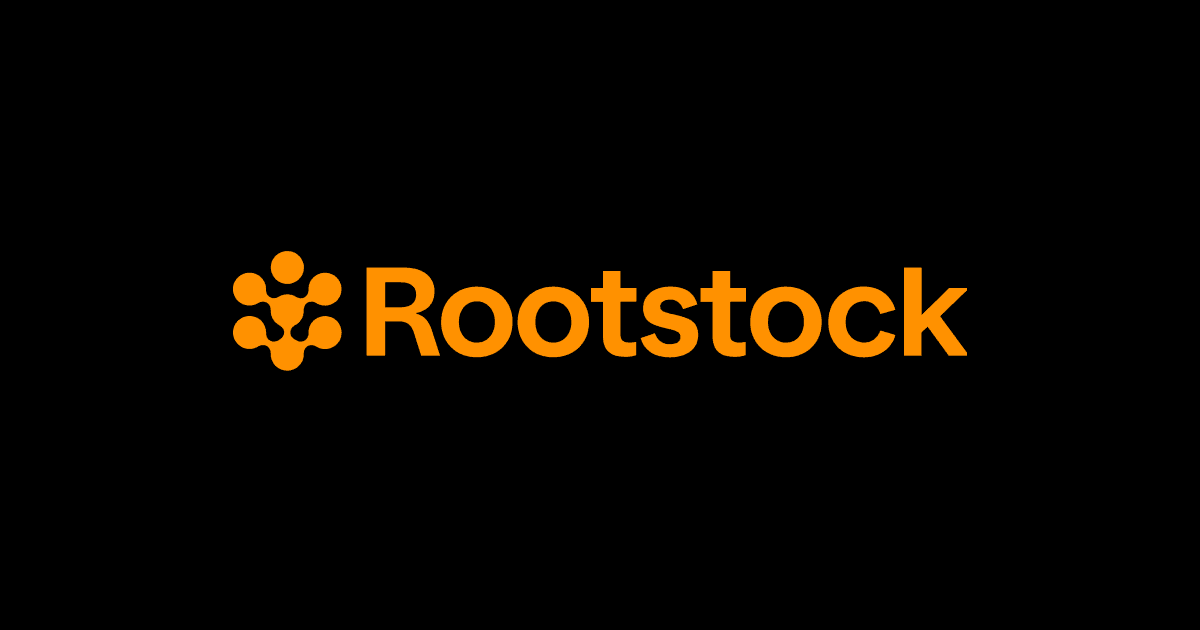
Rootstock
Like Spiderchain, Rootstock (RSK) is an EVM compatible Bitcoin L2. First conceptualized in 2015 and launched on mainnet in 2018, Rootstock is a sidechain that combines the security of Bitcoin’s security-focused Proof-of-Work (PoW) design along with Ethereum’s smart contract-inducing properties.
In essence, the main purpose of Rootstock is to allow Bitcoin users to create and execute smart contracts to dramatically improve the capability of the larger Bitcoin network as a playground for dApp development.
To achieve this goal, Rootstock employs the use of a two-way peg (2WP) that allows users to send BTC directly to the Roostock chain, which is then convertible to Rootstock’s native BTC-focused asset, SmartBitcoin (RBTC). Once acquired, RBTC can be used within Rootstock to interact with smart contracts and dApps.
To add to its smart contract serviceability, like all Bitcoin-focused Layer 2s, Rootstock is designed as a scaling solution whose purpose is to increase transaction speeds and reduce fees on Bitcoin. In addition, Rootstock is designed to support a process called merged mining, that allows Bitcoin miners to mine both BTC and RBTC concurrently without the addition of external computational resources.
Rootstock’s EVM capability should also be highlighted as critically important for the continued adoption of the network because it allows Ethereum developers to port their applications to and from Ethereum. Many Bitcoin-focused L2s like Botanix and others, offer some degree of Ethereum compatibility.
To add to its continually expanding functionalities, Rootstock also developed the Rootstock Infrastructure Framework (RIF) as an architecture for a host of open and decentralized infrastructure service iterations such as those focused on payments, storage, and communications to provide a more streamlined development environment for decentralized applications atop Rootstock. The RIF product suite includes:
- RIF Wallet a white label wallet which allows developers to deploy fully customizable wallets for different enterprise and business types (i.e., it's offered as a template-architecture that allows independent enterprises to create their own brand-specific wallets).
- DeFi Gateway - a decentralized marketplace that provides accessibility to various decentralized DeFi products and services (including lending and borrowing and more).
- RIF Rollup - a privacy-preserving zkRollup scaling technology and independent protocol designed for instantaneous payments.
- RIF Relay - a gas abstraction mechanism layer that allows users to pay network gas fees in any ERC-20 token, essentially acting as an infrastructure that allows users to pay transaction fees with a single asset instead of holding an additional asset for gas.
- RIF Flyover - an independent protocol that allows users to send BTC to and from the Rootstock ecosystem in a manner faster than Rootstock’s typical Powpeg solution.
- RIF Name Service a Rootstock-focused name service, RIF Name Service (RNS) allows users to make use of a readable domain name or alias instead of a cryptocurrency address for various payment, self-sovereign identity (SSI), and DeFi utilities.
Overall Roostock and its underlying RIF product suite makes the platform a strong contender in the Bitcoin Layer 2 scaling arena.
Similarly to Stacks and Lightning Network, Rootstock represents a highly developed sovereign L2 focused on improving the capabilities of the Bitcoin network through its unique DeFi offerings and customizability features, while also providing a means to dramatically improve Bitcoin’s scalability and transaction throughput.
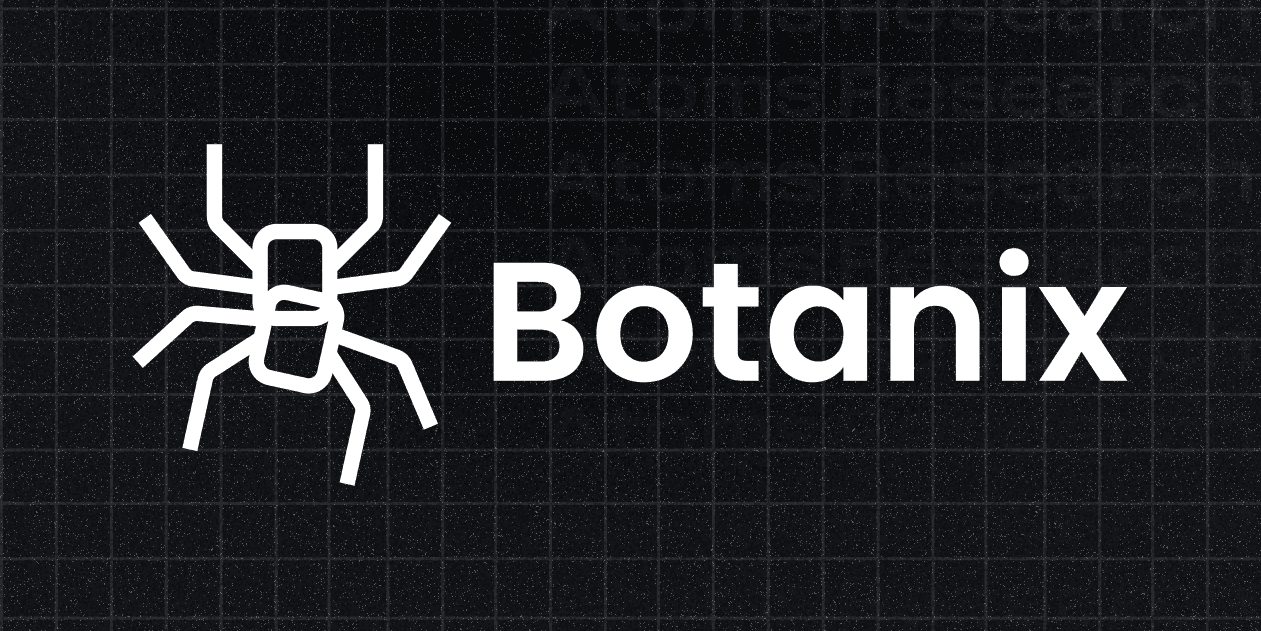
Botanix Labs Regulatory and Compliance Challenges
Because Spiderchain is an EVM-compatible L2 utilizing Bitcoin, it could be susceptible to regulatory and compliance issues moving forward. This could be because it allows developers to build their own applications atop the Bitcoin blockchain.
However, the market segment that Botanix Labs addresses is particularly commonplace especially with the increasing number of projects launching across the Bitcoin ecosystem of late, so a lawsuit against Botanix seems unlikely. Furthermore, because Botanix Labs is so new and smaller than most entities that have faced regulatory challenges in the past, a scenario where Botanix faces serious regulatory and compliance issues seems negligible at best.
Many experts feel the main problem with crypto regulation in the US is the ongoing practice of “regulation by enforcement,” headlined by the arguably corrupt regulatory structure of the Securities and Exchange Commission (SEC) which has so far failed to provide clear regulatory guidelines for US startups to abide by.
This is especially significant when the likes of Coinbase, Ripple, Binance, and other large players are not given clarity and forced to do business under the watchful eye of the SEC and other regulators for fear of infraction.
Nonetheless, the recent acceptance of several Bitcoin Spot ETFs in the United States represents a watershed moment for the crypto industry. Therefore, this could reduce the far-reaching effects of the SEC and its crypto-focused crackdowns.
It should also be highlighted that the SEC and other US government entities face continued pressure from the banking sector to continue their hard stance against crypto-specific entities because they represent a significant threat to their business models.
Be that as it may, crypto is here to stay, so it may be in the best interest for large banks and similar entities to pressure politicians and regulators into allowing them to offer Bitcoin, Ethereum, and other tokenized assets to their customers instead of blacklisting crypto products altogether.
The Continued Evolution of the Botanix Project
Spiderchain represents a cutting-edge EVM compatible Layer 2 platform atop the Bitcoin network.
In recent months, the expansion of the Bitcoin L2 ecosystem continues to accelerate. With so much competition, it's absolutely critical that newly developed projects distinguish themselves from their competitors by any means necessary.
Thankfully, Spiderchain’s offering of next-level security and decentralization combined with scalability and composability via its interoperable architecture represents a strong alternative to many existing Bitcoin-focused EVM Layer 2’s.
While unproven over the long-term, Spiderchain represents an extremely innovative platform, particularly because of its speed and the fact it piggybacks Bitcoin security while utilizing its own proprietary forward security solution.
Spiderchain’s ability to operate as an architecture that allows for the interoperable value exchange of BTC between a large number of ever-changing multisig wallets represents a novel approach to asset exchangeability and security. This foundation helps ensure the integrity of the protocol as a leading solution for DeFi and payments that is difficult to match in industry terms.
As it relates to adoption, through Spiderchain, Botanix Labs seems to have developed a solid initial foundation to attract more applications, protocols, and the like. However, like most recently launched Bitcoin L2s, it could take some time for true user growth and value accrual to be realized on the platform. Regardless, the Botanix team is strong, extremely focused, and has the necessary ingredients to succeed long-term.
Resources
The information provided by DAIC, including but not limited to research, analysis, data, or other content, is offered solely for informational purposes and does not constitute investment advice, financial advice, trading advice, or any other type of advice. DAIC does not recommend the purchase, sale, or holding of any cryptocurrency or other investment.
